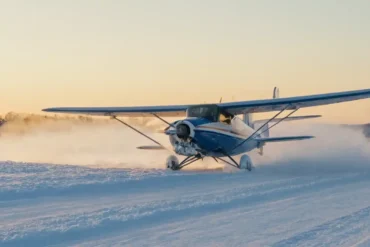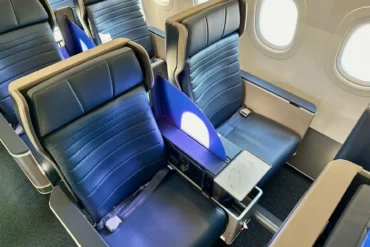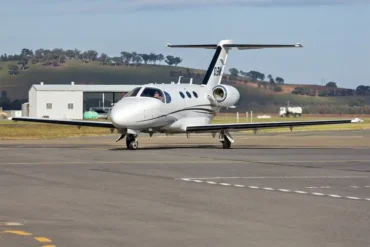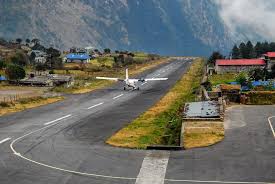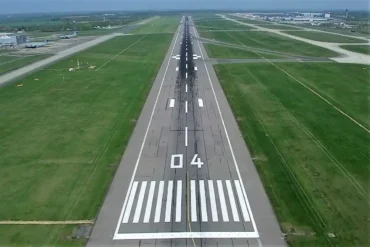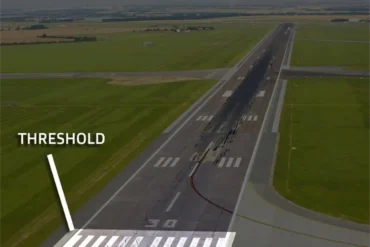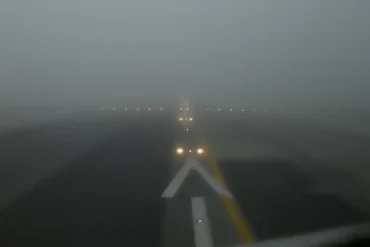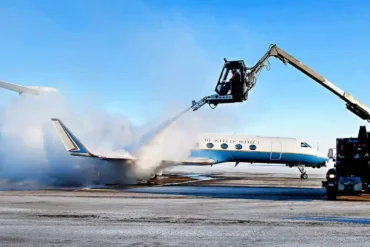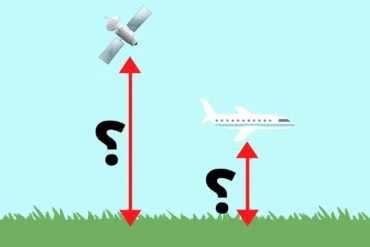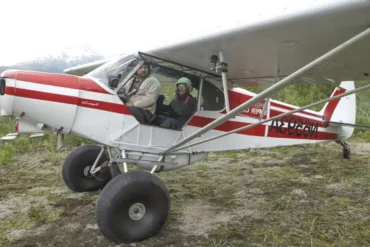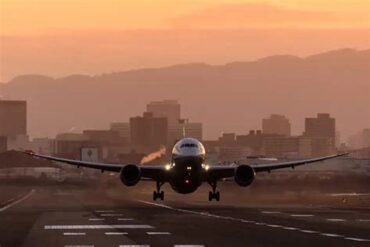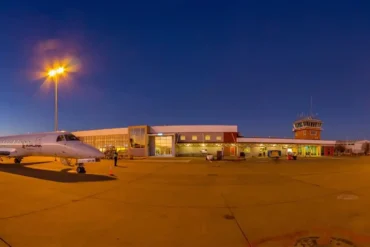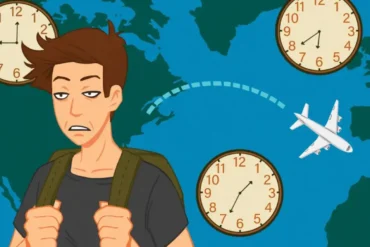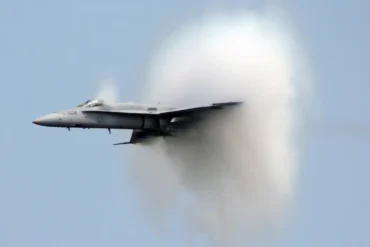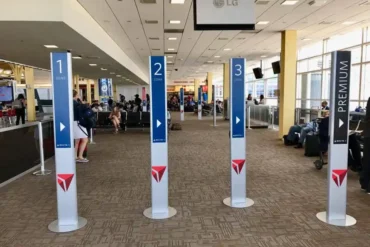Hey there! Have you ever wondered how airports keep runways and taxiways safe for planes to take off and land? It’s like making sure the roads are clear and safe for your car, but with a few more complexities. Let’s explore how this all works to prevent accidents during those crucial moments when planes are either leaving the ground or coming back to it.
You might have heard about incidents where things left on runways, known as Foreign Object Damage (FOD), caused serious problems. A famous example is what happened to Air France Flight 4590. Imagine this: a Concorde jet was taking off in Paris and ran over a piece of metal on the runway. This caused a tire to burst, leading to a tragic accident. It’s stories like these that underline why keeping runways clean and safe is so important.
How Do Airports Check Runways and Taxiways?
Think of airports like big, busy towns where jets are the residents constantly moving in and out. Just like any place where people live and work, airports need regular check-ups to stay clean and safe.
Airports have special teams whose job is to look after runways and taxiways, making sure there’s nothing on them that shouldn’t be there.
Here’s how it goes down: First, these inspectors get a thumbs-up from the airport’s Air Traffic Controller (ATC) to go out on the runway. With permission granted, they stay in touch with ATC over the radio, keeping an eye out for:
- Clear and correct runway and taxiway markings
- Any debris or hazards that could pose a risk
- All the lights along the airfield, checking they’re in good shape
- The overall condition of the pavement and any signs of FOD
- Efforts to keep birds away (since birds and planes don’t mix well)
- Any spills that could make the surface slippery or dangerous
- And, of course, making sure not to get in the way of any incoming or outgoing jets
A special note is made to double-check areas where any work has been done recently to ensure nothing has been left behind that could cause problems.
It’s all about keeping an eye on the details to ensure that everyone, from the pilots flying the jets to the passengers inside them, has a safe journey. Isn’t it amazing how much care goes into making sure our flights are as safe as they can be?
Following the rules set by the US Federal Aviation Administration (FAA), checking out runways is a bit like going on a detailed exploration. Inspectors drive up and down each side of the runway to get a good look at everything, and they make sure to go both ways on the taxiways so they can see all the signs from different angles.
The FAA has a bit of advice on this:
“Given how big runways and the areas around them are, it makes sense for the person doing the inspection to cover both sides to really see what’s going on. They should drive slow enough so they can take a careful look around.”
After looking everything over, any problems found need to be snapped with a camera and written down. And if they spot any foreign objects on the runway (that’s FOD for short), they’ve got to pick it up and clear it off right away.
When Do These Inspections Happen?
At super busy places like New York’s JFK Airport, where planes are coming and going every minute, it’s just not possible to check the runway every single time a plane uses it.
Still, these inspections are part of the daily routine, with the weather playing a big role in how often they happen. Usually, checking for FOD is done at least every two hours.
When the weather turns bad, the inspections become more about reacting to what’s happening, like after accidents or when the weather suddenly changes. This is how they do things at Bournemouth Airport (BOH) when it comes to keeping the runways and taxiways in tip-top shape.
According to BOH, the main inspections happen first thing in the morning and last thing at night, adjusting for the time of year and the weather that day. They also do extra checks throughout the day, never waiting more than 30 minutes between them.
It’s also worth mentioning that, on top of the everyday checks, airports do deeper dives into runway and taxiway conditions on a monthly, every-six-months, and yearly basis.
Especially for areas with grass, they make sure to mow around the runways and fields once a month. This helps keep the birds and other animals away by keeping the grass short.

